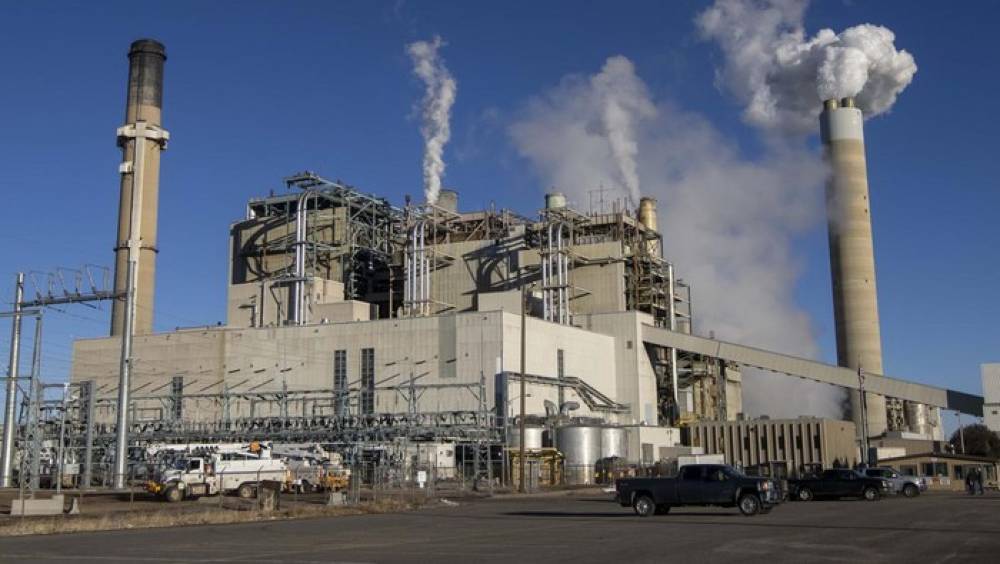Government Sets Highest Biomass Benchmark Price for Co-Firing, Here's What Entrepreneurs Say.
JAKARTA. The Ministry of Energy and Mineral Resources (ESDM) is currently finalizing the ESDM Ministerial Regulation (Permen) on the use of biomass as a mixture of coal fuel (co-firing) in PLTU. One of the things that will be regulated in this new policy is the highest benchmark price (HPT) of biomass for co-firing of 1.2 times the Free on Board (FoB) coal price.
The General Chairperson of the Indonesian Biomass Energy Society (MEBI), Milton Pakpahan explained that MEBI appreciates PLN and the government who continue to improve the selling price of biomass fuel (B3m) for co-firing in PLTU.
Based on the PLN Board of Directors Regulation (Perdir) from the Highest Benchmark Price (HPT) of 0.85 times the Cost, Insurance, and Freight (CIF) coal price in PLTU to 1.0 times the CIF coal price in PLTU. As for now through the Cofiring Ministerial Regulation, in the latest draft the biomass HPT for cofiring is 1.2 times the Free On Board (FoB) coal price.
"This price is conducive for wood chips and biomass fuel from agricultural, plantation, forest and garbage waste. However, it cannot be applied to the type of biomass fuel with the greatest potential, namely wood pellets and the most ready biomass, namely palm shells," he told Kontan.co.id, Thursday (14/9).
However, in general, Milton assessed that this price is attractive and can be implemented for the co-firing program.
Currently, he continued, the purchase of biomass by PLN for co-firing is still below the price of biomass by industry, especially when compared to the price of biomass sold to the export market.
However, MEBI assessed that the three markets are not yet well supplied. For example, for the export market there are three main types of biomass, namely wood pellets, palm shells and charcoal. According to data from the Central Statistics Agency (BPS), in 2022 wood pellet exports will still be around 500,000 tons and palm kernel shells will only be 4.5 million tons.
"National biomass fuel production is still minimal, what is needed now is promotion efforts and investment in biomass sources and their production," he explained.
In 2025, PT PLN is targeting biomass utilization to soar to 10.2 million tons for 52 PLTUs. Meanwhile, in 2023, his party is only targeting the use of 1.08 million tons of biomass for 42 PLTUs.
Milton assessed that theoretically the domestic industry could meet PLN's needs. In addition to large forest areas that can be planted with wood, Indonesia has various biomass sources.
These sources can come from palm oil plantations which amount to more than 50 million tons/year, then there are also districts with rice and corn biomass potential of more than 2 million/year.
"Looking at the current supply conditions and the growth of the last three years, we are indeed pessimistic about reaching 10.2 million tons in 2025. However, MEBI also sees the hard and serious efforts of PLN in this case the PLN EPI holding, especially the subholding PT PLT Biomasa to meet this," he explained.
Not only State-Owned Enterprises (BUMN), the private sector has also learned and experienced supplying biomass for co-firing since 2021.
Then to encourage the supply of this biomass fuel, MEBI assesses that the right regulations, prices, and business models are needed.
Just so you know, the biomass Ministerial Regulation for co-firing has been drafted since 2020 and after 3 years it has not been completed and has not been issued.
Therefore, business actors hope that the ESDM Regulation on Biomass Co-Firing can be issued soon so that the supply of 10.2 million tons in 2025 can be provided.
"In fact, the source already exists and the construction of production facilities does not take a long time. "In addition, it must also be inclusive so that all parties can contribute as part of the supplier," he said.
